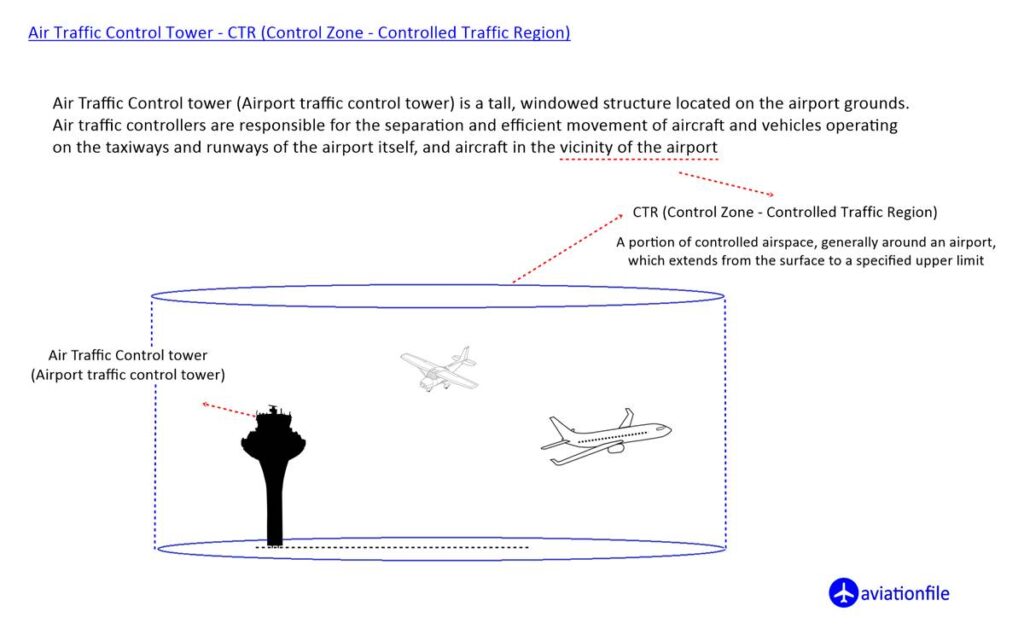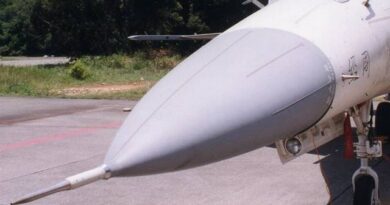What is CTR – Control Zone?
A control zone is a block of Controlled Airspace extending from the surface of the earth to a specified upper limit. (ICAO Annex 11 — Air Traffic Services)
Control Zone (CTR) is an airspace designated by the authorities for the purpose of providing ATC service to aircraft operating within this designated airspace. CTRs are typically established around airports to provide separation and orderly flow of air traffic. Within a CTR, air traffic controllers are responsible for issuing instructions and clearances to aircraft to ensure safe and efficient operation.
The lateral and vertical extent of control zones is detailed in the appropriate national AIP (Aeronautical Information Publication).

Think of the CTR as the airport’s exclusive bubble. It extends upwards from the runway, typically reaching a few thousand feet, and outwards for several miles. Within this bubble, airplanes are under the watchful eye of the tower controllers, ensuring smooth flow and preventing midair collisions.
Imagine air traffic controllers as expert conductors, guiding each aircraft with precise instructions. They keep planes at safe distances, coordinate arrivals and departures, and ensure everyone follows the air traffic rules.
Why is the CTR so important? It’s the crucial zone where the most critical phases of flight – takeoff and landing – happen. With so much activity packed into a small space, the CTR requires constant vigilance and expert coordination.
References and Further Reading Links
- Wikipedia : https://en.wikipedia.org/wiki/Controlled_airspace
- SKYbrary Aviation Safety – Control Zone: https://skybrary.aero/articles/control-zone
- Federal Aviation Administration – Air Traffic Control Operations: https://www.faa.gov/
- International Civil Aviation Organization (ICAO) – Aeronautical Information Publication (AIP): https://icao.int/


